This article was medically reviewed by Luba Lee, FNP-BC, MS and by wikiHow staff writer, Jessica Gibson. Luba Lee, FNP-BC is a Board-Certified Family Nurse Practitioner (FNP) and educator in Tennessee with over a decade of clinical experience. Luba has certifications in Pediatric Advanced Life Support (PALS), Emergency Medicine, Advanced Cardiac Life Support (ACLS), Team Building, and Critical Care Nursing. She received her Master of Science in Nursing (MSN) from the University of Tennessee in 2006.
There are 8 references cited in this article, which can be found at the bottom of the page.
This article has been viewed 19,229 times.
If you use an inhaled corticosteroid and long-acting beta2-adrenergic agonist to manage your asthma, ask your doctor about Breo Ellipta. Breo Ellipta is a 2-in-1 medication that helps manage asthma that contains both ingredients. You'll use this inhaler once a day to manage and prevent asthma flare-ups. The medications in the inhaler can help treat airflow obstruction. But since Breo Ellipta won't treat a sudden flare-up, you'll still need to carry a rescue inhaler.
Steps
Using Breo Ellipta Effectively
-
1Peel back the foil and remove the inhaler. Keep the manufacturer's instructions that are underneath the inhaler. Read the instructions before you take the medication for the first time.[1]
-
2Slide the cover down until you hear a click. Once you hear the click, you should see the counter on the front of the inhaler count down by 1. This shows you how many doses you have left in the inhaler.[2]
- Avoid sliding the cover open and shut without using the inhaler. Doing so will waste doses of medication.
Advertisement -
3Exhale before you bring the mouthpiece to your mouth. Hold the Breo Ellipta inhaler away from your face while you exhale. Then bring the inhaler up to your mouth so the mouthpiece is between your lips.[3]
- Your lips should tightly curl around the mouthpiece.
- Avoid blocking the mouthpiece with your teeth or tongue.
-
4Take a long deep breath through your mouth. Keep the mouthpiece between your lips and take a long steady breath. Don't breathe through your nose or you won't get a dose of the medication.[4]
- Try to take your dose of Breo Ellipta at the same time every day. Try setting a timer or making it part of your daily routine along with another task such as brushing your teeth.
- Ensure you don't block the air vents with your fingers.
-
5Remove the inhaler and hold your breath for 3 to 4 seconds. If you can't hold your breath comfortably for that long, you can breathe out after 1 to 2 seconds. Release your breath slowly.[5]
- If your doctor has prescribed more than 1 dose of Breo Ellipta, wait 30 seconds before inhaling the second dose.
- Rinse your mouth afterward to prevent oral thrush.
-
6Cover the mouthpiece and store the inhaler. Slide the cover over the mouthpiece and place the inhaler in a dry place away from heat and light. Try to keep it at room temperature, between 68 °F (20 °C) and 77 °F (25 °C).[6]
- While you don't have to clean the inhaler, you can wipe the mouthpiece dry with a piece of tissue.
- Throw away the inhaler once the counter on the front shows 0 or if the inhaler has been open for 6 weeks.
Deciding If Breo Ellipta Is Right For You
-
1Talk with your doctor about your asthma treatment. Give your doctor your complete medical history including any medications you're currently taking. Discuss any concerns you have about your asthma treatment and improvements you'd like to see. Consider writing out the answers to these questions to give to your doctor:[7]
- Do you still have asthma symptoms with your current medication?
- How often do you use your rescue inhaler?
- How many asthma flare-ups have you had in the past?
- Are you happy with how your asthma is currently controlled?
-
2Avoid using Breo Ellipta if you're under 18 or have a milk allergy. Breo Ellipta hasn't been tested or approved for use by children or people under age 18. You should also avoid using Breo Ellipta if you're severely allergic to milk proteins. If you're allergic to any of the medications in Breo Ellipta, you also shouldn't take it.[8]
- The ingredients in Breo Ellipta include fluticasone furoate, vilanterol, lactose monohydrate (milk proteins), and magnesium stearate.
-
3Decide if you need to use Breo Ellipta. If you're taking an inhaled corticosteroid and your asthma is under control, Breo Ellipta probably isn't for you. Instead, Breo Ellipta is a good treatment for people who need an inhaled corticosteroid and a long-acting beta2-adrenergic agonist medicine.[9]
-
4Look for common side effects. Some people who use Breo Ellipta may notice a runny nose, sore throat, headache, flu, respiratory infection, hoarseness, sinus inflammation, bronchitis, throat pain, or mouth infection (thrush).[10]
- To prevent thrush, rinse your mouth with water after using Breo Ellipta and then spit out the water.
-
5Be aware of serious side effects. It's important to know the serious side effects of Breo Ellipta so if you experience any, you can stop the medication immediately. For example, if you have an allergic reaction such as hives, swelling around your face, or rash, you should stop and contact your doctor. Other serious side effects include:[11]
- A weakened immune system and increased the chance of getting infections
- Reduced adrenal function
- Sudden breathing problems immediately after inhaling Breo Ellipta
- Chest pain or trouble breathing
- Eye problems
-
6Have a backup rescue inhaler. Since Breo Ellipta is a daily preventative asthma medication, you'll still need to have a rescue inhaler in case of a sudden attack.[12]
- If you don't have a rescue inhaler, ask your doctor to prescribe one for you.
References
- ↑ http://www.med.umich.edu/1libr/COPD/Inhalers/BreoEllipta.pdf
- ↑ https://www.nationalasthma.org.au/living-with-asthma/how-to-videos/how-to-use-ellipta
- ↑ https://www.lung.ca/lung-health/get-help/how-use-your-inhaler/ellipta
- ↑ https://www.nationalasthma.org.au/living-with-asthma/how-to-videos/how-to-use-ellipta
- ↑ https://www.nationalasthma.org.au/living-with-asthma/how-to-videos/how-to-use-ellipta
- ↑ https://www.medsafe.govt.nz/consumers/cmi/b/breoellipta.pdf
- ↑ https://www.drugs.com/breo-ellipta.html
- ↑ https://www.drugs.com/breo-ellipta.html
- ↑ https://www.healthdirect.gov.au/medicines/brand/amt,677421000168107/breo-ellipta-200-25
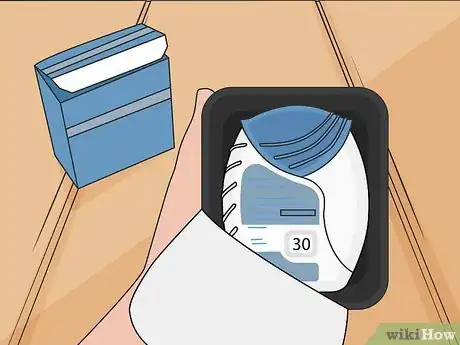
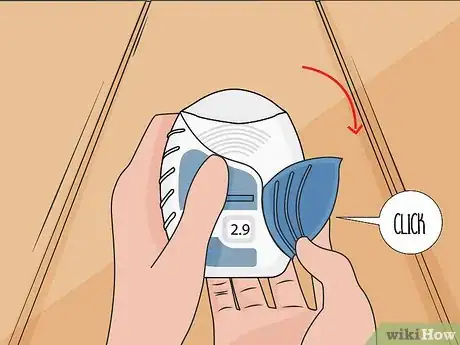
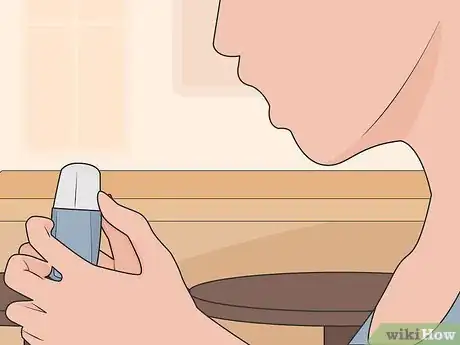

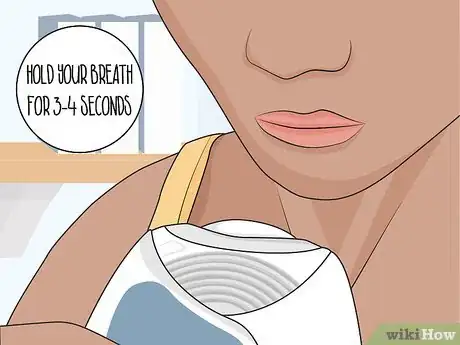
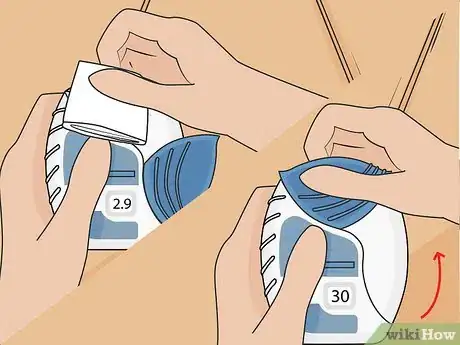

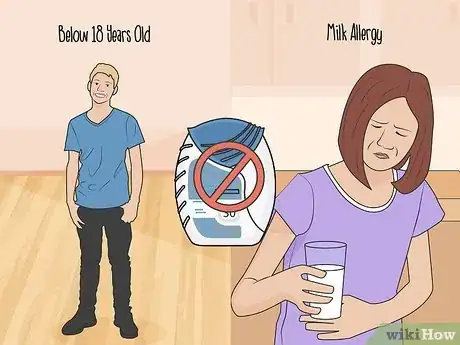
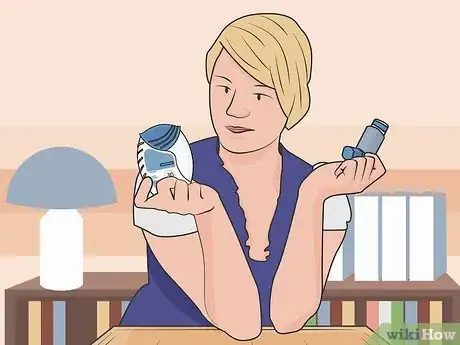
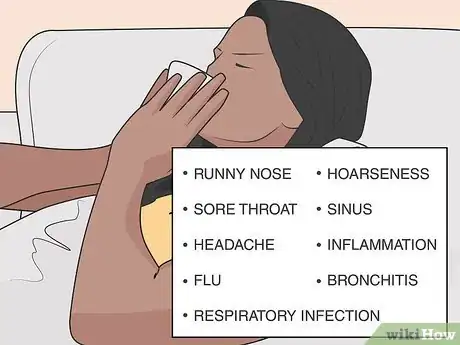
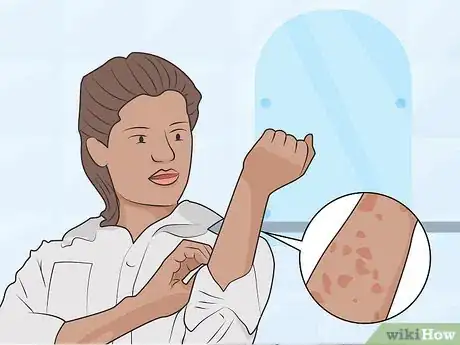
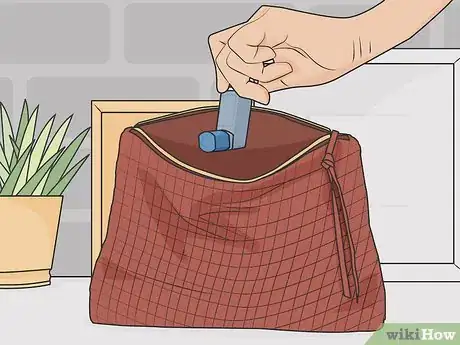

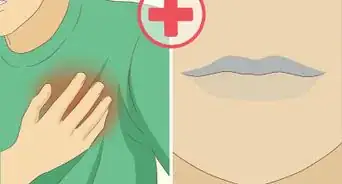

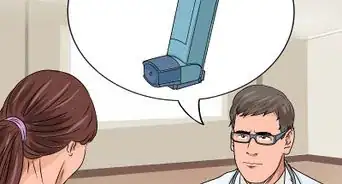
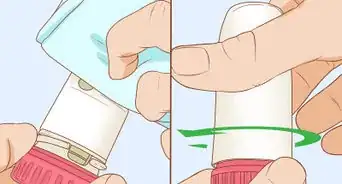









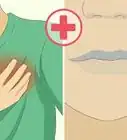

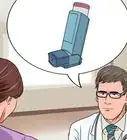



































Medical Disclaimer
The content of this article is not intended to be a substitute for professional medical advice, examination, diagnosis, or treatment. You should always contact your doctor or other qualified healthcare professional before starting, changing, or stopping any kind of health treatment.
Read More...